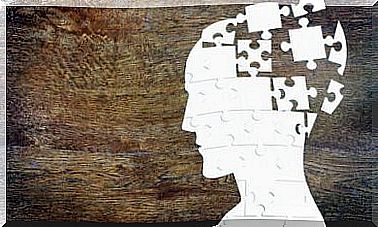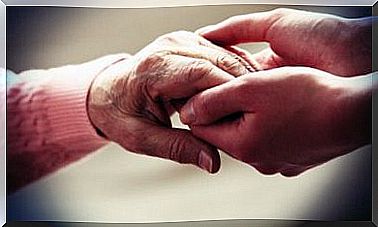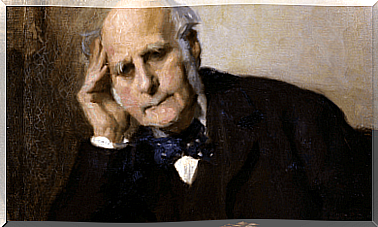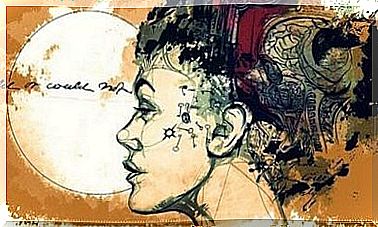Brain Fingerprints: What Are They And What Is Their Importance?
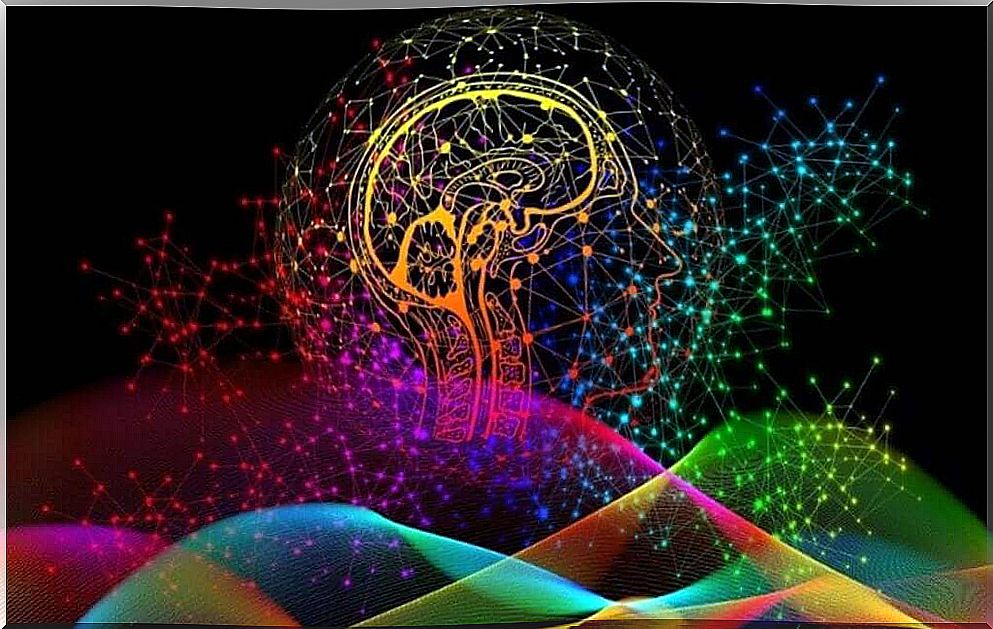
People are made up of cells, tissue, a beating heart, and outer skin. Furthermore, they are also made of memories. Our experiences create “fingerprints” in the brain, so no two brains are exactly alike, making each of us unique and exceptional.
We could say that our true self is not just based on what we live. It’s how we remember each of these experiences that makes us who we are. We live within a self that is shaped by memories, by everything we feel and also by how we interpret these things, which we store in our vast memory banks.
This specific, complex and transcendent process is what makes us so different. Yes, it is true that the organization and architecture of the brain is common to all of us. However, in its depths, and especially in the way it organizes itself and the connections it makes, it is unique and creates its own neurological signatures in each of us.
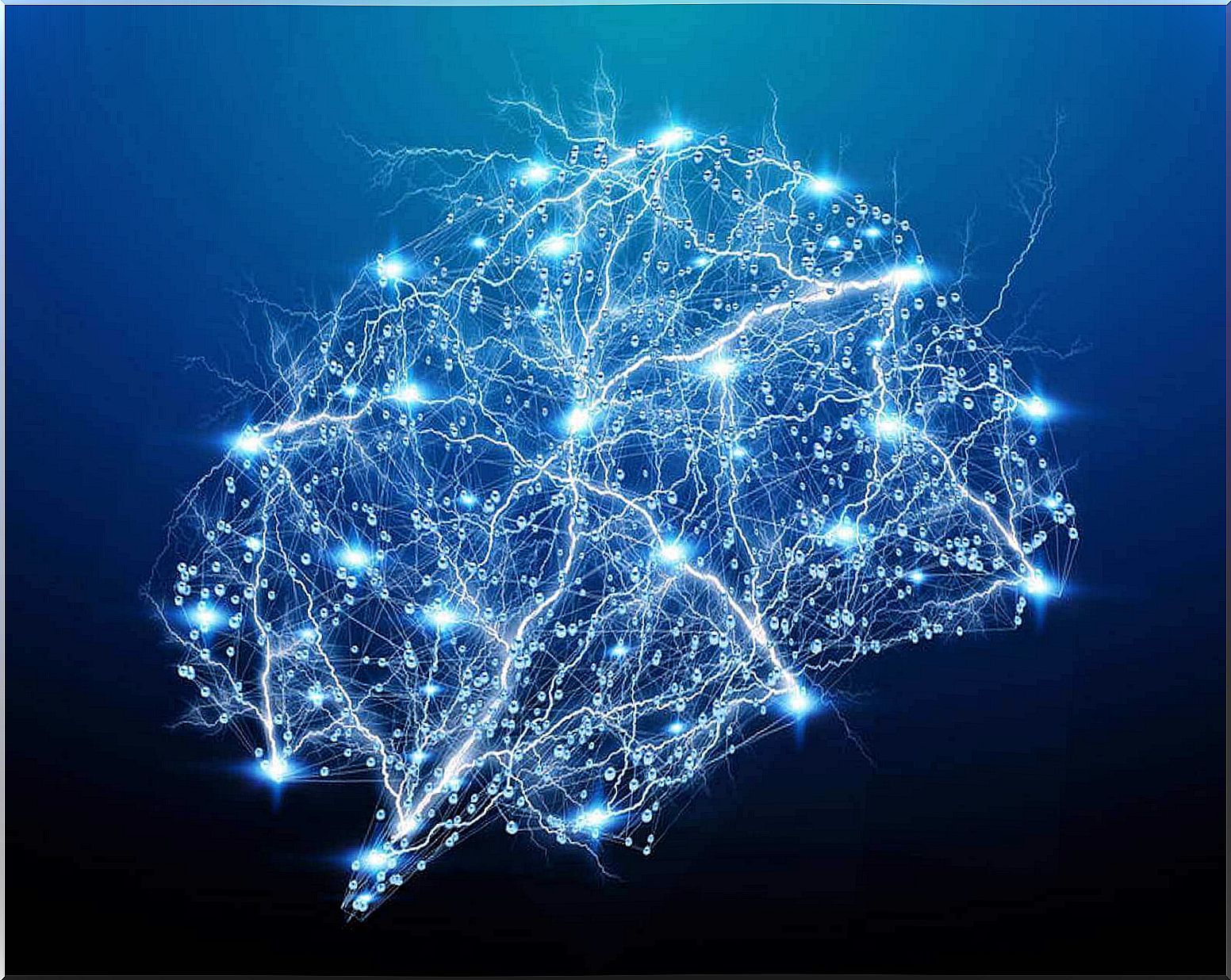
What are brain fingerprints?
Although neuroscience gives us more and more answers and information about how the brain works, we still have many questions. So much so that this organ is shrouded in almost as many mysteries as the universe itself.
For example, we still don’t know how to repair or cure memory loss in an Alzheimer’s patient. We know what to do to heal a broken leg, but we don’t know how to fully recover the capabilities of a patient who has suffered a severe head injury. We also don’t know how to reverse severe autism spectrum disorder. We can only try to improve the quality of life of the affected person and rehabilitate him to some extent, but it is still not possible to bring him back to full normalcy.
Despite this, we continue to move forward. Currently, there is palpable hope of reaching this goal in the future. Recently, the University of Rochester, New York, took another step in this journey to understand a little more the puzzles inscribed in the brain. We now know that each of us has our own neurological signatures and that who we are is built into them.
The brain networks that make up your memories and sensations create your “fingerprints”
Research conducted by Dr Andrew James of the University of Rochester was published in November in the journal Nature Communications. Some of their conclusions were:
- Each person builds their memories using the specific brain regions of these processes. However, the brain creates networks, that is, different neurological connections, based on how we assimilate each memory.
- For example, every experience and sensation is also filtered by our emotional world. Sometimes these images or experiences from the past are covered by specific emotions in which colors and smells are also integrated.
- All of this creates its own distinct neurological signatures. In other words, each experience shapes the brain’s organizational networks that constitute a kind of impression in the brain, almost like a fingerprint (or “brain impression” in this case). And these “fingerprints” are unique to each individual.
The challenge of knowing how each of us organizes our memories
One of the challenges neuroscience faces today is to learn more about the brain’s “fingerprints”. This is where cognitive science also comes in , which seeks to understand how we organize and manipulate these memories. But how could all this benefit us?
- Through MRIs, we can observe each person’s brain activity when organizing their memories.
- Being able to identify these “fingerprints” would allow us to obtain a neurological profile of each person, a kind of brain identity card.
- As we age, many of these “fingerprints” become blurry. Neurodegenerative diseases, such as Alzheimer’s, act like real “erasers”, weakening, blurring and eventually eliminating these neurological signatures.
- Knowing how each patient’s brain is wired and organized would allow us, in the future, to develop drugs that would preserve this original architecture.
- In addition, the brain’s “fingerprints” can allow us to make faster diagnoses to identify everything from dementia to schizophrenia to severe depression. Something like this will facilitate the creation of more effective and individualized therapies in the future.

Brain fingerprints and the importance of creating new memories
Memory is not a video camera that records and stores each event as a perfect frame. Memory is an active process that involves multiple factors such as personality, mood and past experiences. Each of us does it in a way, and it shapes our brain on a daily basis.
Nothing is as critical to psychological well-being as continuing to create and solidify memories. Every experience, learning, conversation, book read or trip made creates new “fingerprints” in the brain, new “signatures” or nerve connections that improve the brain’s architecture.
All of this benefits our cognitive reserve, mental alertness, and ability to preserve our true selves as we age. Experimenting and learning are synonymous with living better. Directing our existence towards physical and especially mental activity and remaining curious and eager to interact with our surroundings will be a big step towards ensuring vitality.
